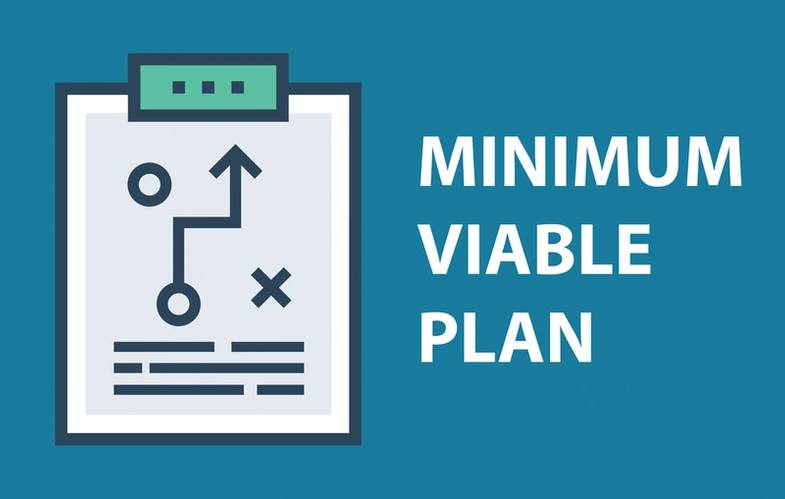Everyone responsible for safety or training in their organization is aware that everything is changing in the maritime world. The worker demographic has shifted; regulatory demand is rising; and compliance is more complex. Accidents are more public and the consequences more severe. Ignoring this changing operational context means we are creating risk for tomorrow – a risk that increases every day until finally something gives. It has become increasingly difficult and risky to operate in today’s environment using yesterday’s tools and processes.
Fortunately, it is also the case that maritime safety and training has entered a renaissance period. Everything is changing here too. New tools are available that improve training outcomes on shore and on-board. Tracking and measurement technology now exists to reliably assess the state of training and compliance with a level of insight not previously possible. And leading indicators of training and safety help identify and reduce or eliminate future performance problems, near-misses or accidents.
At the heart of these tools is the practice of blended learning and a Learning Management System (LMS) – software to deliver training, assessments, tracking and insights. Blended learning and LMSs, although relatively new to the maritime industry, have been in use for two decades in other industries. Recently, case studies have shown them to significantly improve safety and performance in the maritime industry.
This short series of articles provides an overview of these new tools that address today’s safety and training challenges, and provides step-by-step guidance on how to approach and implement them. The advice applies equally to the smallest and largest vessel operators and fortunately, it is remarkably easy. Let’s get started.
Define Success
The outcomes we are looking to achieve in our safety and training program are as follows: improved training results (better understanding and retention ideally with a reduction in cost), the ability to accurately track and report on the state of training and compliance, the ability to continuously measure the success of our training program both for individuals and for the company as a whole, and the ability to continuously improve all of the above. These may seem like daunting, time consuming and expensive goals, but read on – they are not. In fact, large up-front expenditures of time and resources tend to create unnecessary risk and reduce the likelihood of success.
Start Small, Start Simple, But Start!
Embarking on a plan to implement a modern safety and training program is simple. Unlike some projects – such as vessel construction where every last detail must be planned before implementation can begin, this type of project benefits from small steps and flexibility. This means that a bare minimum of time and resources are required to get going, a big benefit because it reduces risk and downside while at the same time allowing us to produce meaningful results early on. If the initial, small implementation works out well, then that success and the lessons learned will naturally drive the next phases of the project. If the first phase does not work out well (which is unlikely) then we can go back to the drawing board or even abandon the project having wasted almost no time or resources. There are three parts to implementing a program of training and safety transformation using proven, modern tools. They are as follows:
- Create your minimum viable plan (MVP): this is a two or three page living document which acts as a roadmap for the management of blended learning.
- Prepare and run a pilot: here we produce a very small pilot implementation that addresses a small number of trainees and a small number of courses / competencies. The goal is to require minimal time and resources, but produce useful initial results.
- Grow and improve iteratively: once the pilot is complete, we move into a stage where we repeatedly implement successive phases of blended learning, each one encompassing more trainees and more courses / competencies, and each one learning from the lessons of all previous phases.
For the remainder of this article, we will outline the MVP (Minimum Viable Plan). The second and third articles will address parts two and three (the pilot and subsequent iterating) respectively.
The MVP (Minimum Viable Plan)
At the outset it is important to understand that this will be a new endeavour and to some extent a learning process for the organization. Although there has now been a good deal of experience in the maritime industry implementing blended learning plans, each implementation is somewhat different. Thus it is important to avoid making decisions that are based on assumptions rather than experience. Therefore, best practice here is to create a simple “skeleton” plan which provides initial guidance, but is a living document – continually revised as experience is gained. This means that your initial plan will be quick to create and is likely to be only a few pages long. What should the plan look like? There are three main components.
First, as a living document, the plan should define how the plan itself is managed. This ensures that the plan has a present and a future. The plan should include basic guidelines for how often it is to be reviewed, who is in charge of the plan, who participates in formulating and executing the plan, how the plan is communicated, how success will be measured, and how the plan will be improved. Although this may sound like a lot of effort, in truth none of these components of the plan need to be spelled out in any great detail at the outset. Some parts are little more than position statements requiring that these issues need to be addressed, and requiring that they be addressed in a reasonable amount of time as experience is gained.
Second, the plan should define the tools for long-term success. This means choosing a maritime-focused learning management system (LMS) to deliver the new training initiatives, reduce training costs, provide training metrics and analytics, and grow with the organization as needs grow. Arguably the best approach here is to connect with other vessel operators who have been down this road before and ask how their LMS choice is working out. It is not impossible to change an LMS in the future if need be, but it requires effort that can be avoided with a little due diligence at the beginning of the project.
Finally, the plan should define one short-term meaningful project that improves training outcomes and/or reduced costs. Specifically this means identifying some aspect of training that will take advantage of blended learning and benefit from the insights and metrics the LMS can provide. For many operators this means choosing a group of trainees such as new hires or deckhands, and adapting some training resources to be delivered on line in a blended learning program (more details on this will be discussed in the second article in the series). This initial project should be achievable in a short timeframe - say six months or less. It does not have to be (and should not be) be grand or expensive, but it should be useful and visible. This initial pilot will put the plan and LMS to the test. It will also visibly demonstrate the company’s commitment to transforming training and safety and allow your organization to start gathering metrics on training. In all, the project should enable your organization to get comfortable with your new LMS and experience the new approach using familiar material.
What’s Next?
With a minimum viable plan in place, we now turn to the implementation of the blended learning pilot. This is the most exciting phase of the project because it is here that engagement begins and real result materialize. It is also the phase that will be fully described in next month’s edition of Maritime Reporter & Engineering News.
So check this space in a month and until then, sail safe!
The Author
Murray Goldberg id CEO of Marine Learning Systems, maker of MarineLMS. A researcher and developer of learning management systems, his software has been used by millions of people and companies worldwide.

















